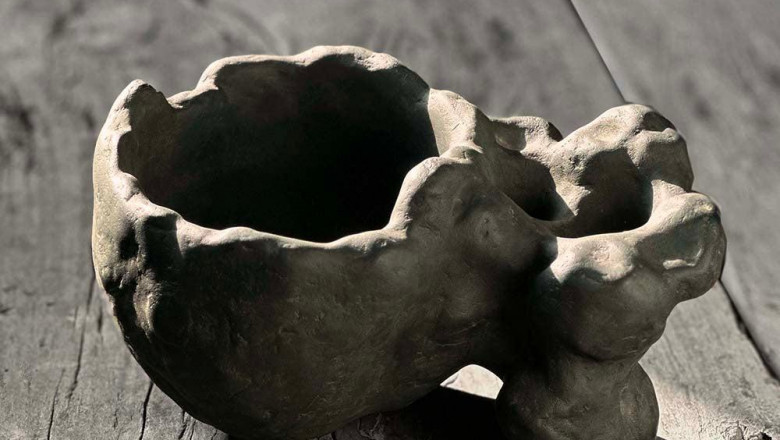views
Decorating a home is like composing a piece of art. While furniture forms the foundation and color schemes set the mood, it's the Decorative Objects that bring soul, personality, and charm to a space. Whether minimalist or eclectic, rustic or modern, decorative accents are what truly make a house feel like a home.
What Are Decorative Objects?
Decorative objects refer to the non-functional yet visually enriching pieces placed around a space to enhance its aesthetic appeal. These items may include sculptures, vases, bowls, candles, figurines, wall hangings, ceramics, crystals, or any thoughtfully curated item that adds texture, color, and interest to a room.
Why Decorative Objects Matter in Interior Design
- Express Personality
From bold statement pieces to subtle artistic forms, decorative items allow you to tell your story and showcase your taste. - Balance and Harmony
They help balance visual weight, soften hard surfaces, or break up monotony in large spaces. - Layering and Depth
Decorative objects create layers, adding complexity and richness to the overall design. - Seasonal or Thematic Updates
They allow for easy seasonal refreshes without major overhauls.
Popular Types of Decorative Objects
1. Sculptures and Figurines
- Materials: Wood, resin, metal, ceramic
- Use: Add artistic flair to shelves, side tables, or console units
2. Vases and Bowls
- With or without flowers, they bring color, elegance, and dimension
3. Candles and Candle Holders
- Offer a warm glow and a cozy ambiance—ideal for living rooms and bedrooms
4. Decorative Trays and Boxes
- Stylish and practical, great for organizing keys, perfumes, or remote controls
5. Mirrors and Wall Hangings
- Create the illusion of space while serving as striking focal points
6. Books and Artifacts
- Coffee table books, vintage finds, or cultural artifacts can be both decorative and conversation-worthy
Where to Place Decorative Objects
- Living Room: Shelves, side tables, centerpieces, and mantels
- Bedroom: Bedside tables, dressers, and window sills
- Hallways and Entrances: Console tables, wall niches, and corner pedestals
- Dining Room: Centerpieces, credenza displays, and open shelves
- Bathroom: Scented candles, mini vases, and decorative trays
Tips for Styling Decorative Objects
- Group in Odd Numbers: Sets of 3 or 5 tend to look more natural and appealing.
- Play with Height and Texture: Mix tall and short items; combine smooth ceramics with rough stone or soft fabric.
- Stick to a Color Palette: Maintain visual harmony by using a consistent color story.
- Don’t Overcrowd: Leave negative space for objects to “breathe” and stand out.
Decorative Trends to Watch
- Natural Elements: Driftwood, raw stone, and organic shapes
- Metallic Accents: Brass, gold, or matte black finishes
- Cultural Inspiration: Tribal masks, Asian artifacts, or Mediterranean pottery
- Minimalist Art: Clean lines, abstract shapes, and neutral tones
Final Thoughts
Decorative objects may be small in scale, but their impact on a home’s ambiance is profound. They create visual interest, reflect your individuality, and make everyday spaces feel curated and complete. By thoughtfully selecting and styling your decor, you can transform even the simplest room into a beautiful and inviting haven.
















![[1 (888) 326-1024] How to Get in Touch with Expedia 24/7 Support Team: Phone, Email, and Chat Options](https://timessquarereporter.com/public/upload/media/posts/2025-06/01/1-888-326-1024-how-to-get-in-touch-with-expedia-24-7-support-team-phone-email-and-chat-options_1748757002-s.jpg)





Comments
0 comment